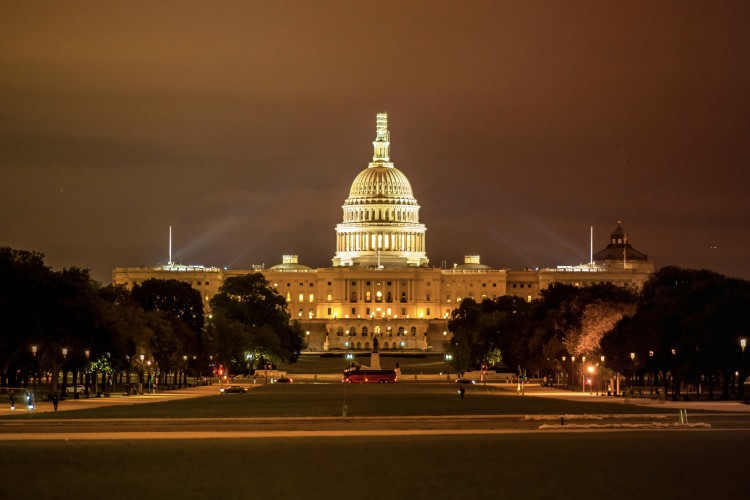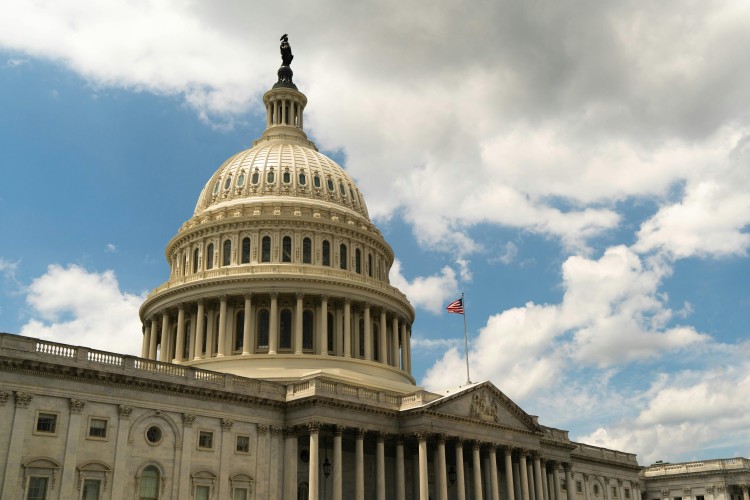Gearing Up to Shutdown

Congress is still adjourned for its August recess but already the fault lines are visible for a seismic confrontation this fall. The House’s and Senate’s visions for how much to spend on federal programs in Fiscal Year 2024 diverge by more than $100 billion. Further, Senators in both parties want additional supplemental spending for the war in Ukraine, while hardline conservatives in the House have conditioned their support for FY2024 appropriations on a laundry list of policy changes. Neither chamber finds the other’s demands palatable.
The current federal fiscal year concludes at 11:59 PM on September 30. Congress will need to enact a continuing resolution (also known as a “CR”) by then or the government will enter a partial shutdown. During a shutdown, “non-essential” federal employees are legally prohibited from working, including answering emails or phone calls. Which employees qualify as non-essential is up to each individual agency’s discretion, but grant/program officers are typically included in the non-essential category. A government shutdown ends when one side blinks and Congress and the President either: A) enact the annual appropriations bills, or B) pass a CR to temporarily reopen the government while Congress continues to work on appropriations.
Speaker of the House Kevin McCarthy (R-CA-20) has expressed willingness to keep the government operating through a series of very short CRs, so it is possible the government will not shutdown on October 1. However, given the overarching disagreements between the two chambers, it is unlikely we will escape this fall without at least a brief government closure at some point in October through December.
Organizations that are federal grantees, or regularly engage with federal programs, should ask their federal point of contact about the agency’s “contingency plan” for a shutdown. Each federal agency and department is currently working on updating these staffing plans in case of a lapse in appropriations. The plans will be made public in the coming weeks and include information for grantees about what to expect during a shutdown. Any programmatic action that requires a federal employee to process may not advance during a shutdown. Asking your program officer(s) and point of contacts now about operating during a shutdown can save headaches down the road.
Examples of prior years’ contingency plans can be found below:
- Department of Health and Human Services
- Department of Housing and Urban Development
- Department of Justice


